What Is Permanent Jewelry? Everything You Need to Know

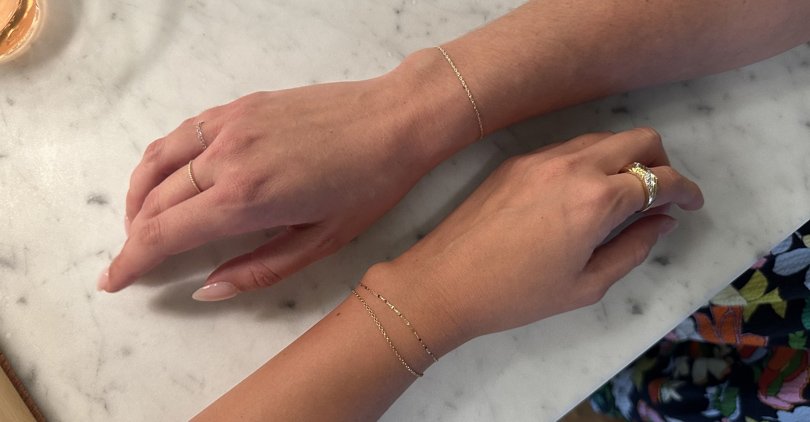
Have you ever seen someone wearing a bracelet that literally never leaves their wrist? Chances are it’s not a regular piece of jewelry—it’s permanent jewelry, the latest trend that’s catching on fast.
These days, people love the idea of wearing something elegant all the time and never having to think about it. Regular bracelets and necklaces have clasps to fasten them, and they can also get tangled with other items in your jewelry box.
Before you head out for some welding, let’s explore this new trend. We’ll look at how it works, its pros and cons, and the costs involved. This will help ensure there are no tears before bedtime!
What Is Permanent Jewelry?
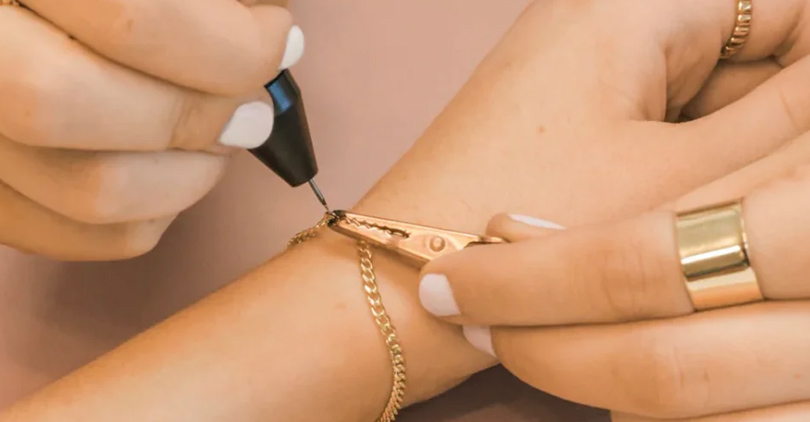
Permanent jewelry is a type of jewelry that gets welded onto your body directly. Instead of having a clasp or hook like regular bracelets or necklaces, there’s just one loop that never opens – unless you choose to have it taken off (usually cut away).
Despite how dramatic this may sound, it’s anything but. In reality, it is quite delicate and pretty. The most common types are:
- bracelets (by far the most popular)
- necklaces
- anklets
- rings
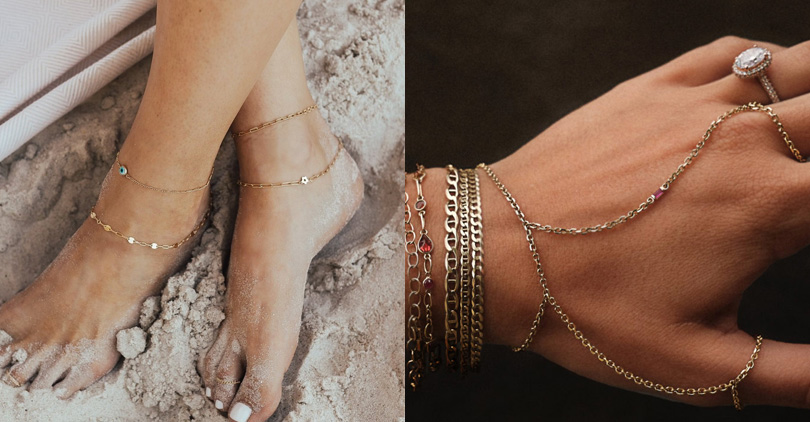
Because there aren’t any clasps, it looks smooth and simple. It is often made from 14K gold or sterling silver – meaning it is built to last a lifetime with no fading or rusting.
But there’s more to this kind of jewelry than aesthetics. Over time, it has also come to symbolize self-love, friendship, and life milestones.
Think of a special day like turning twenty-one, finishing college, or celebrating tradition with buddies. It's comparable to an elegant, heavily studded grown-up friendship bracelet.
How Does Permanent Jewelry Work?
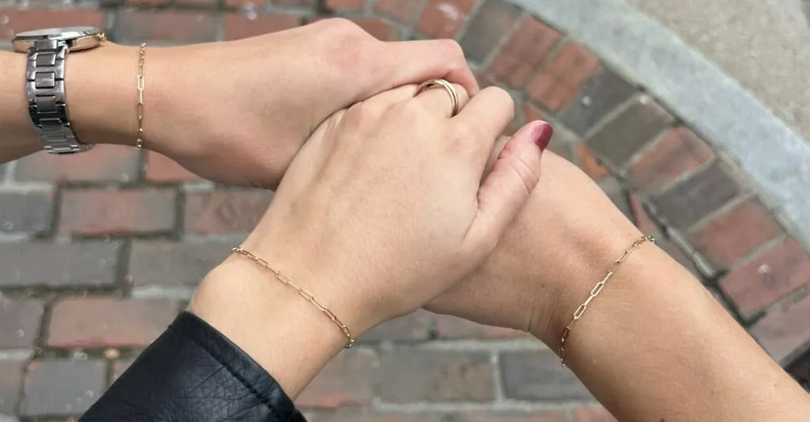
The process of welding jewelry onto your body is not as frightening as it may seem. Here is an explanation of how it usually occurs:
Step 1: Сonsultation
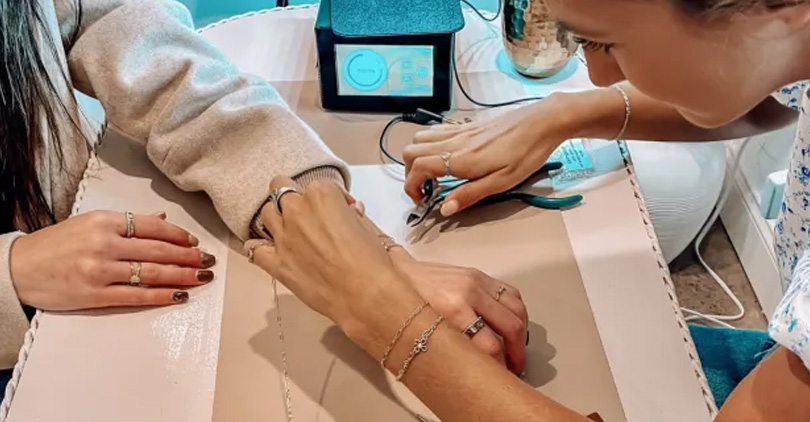
This involves selecting the chain to be used. There are typically many different types available. They might be made from various metals, have different sorts of links, come in different thicknesses, and possibly feature small charms or initials that can be added.
You will also decide where the chain should be worn (around your neck, your wrist, your ankle, etc.). Choose something timeless – you don't want to get bored of it.
Step 2: Fitting
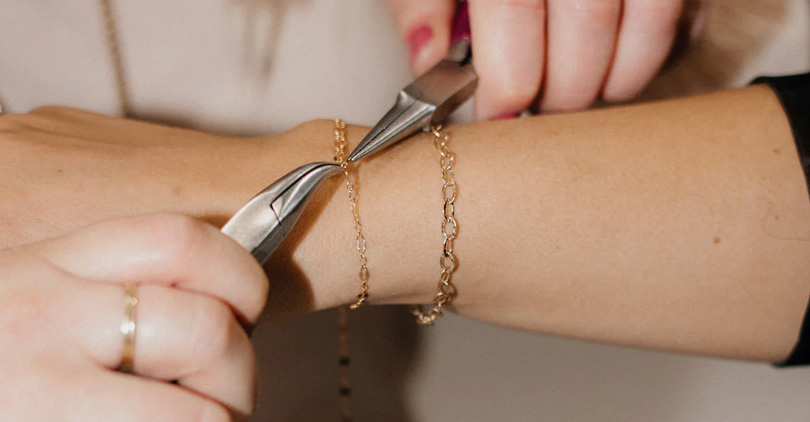
The jeweler must measure your wrist, neck, or ankle to make sure that the jewelry fits well.
It should be snug enough to prevent excessive movement. But it should also be loose enough to allow for proper ease and not cling to anything.
Step 3: Welding
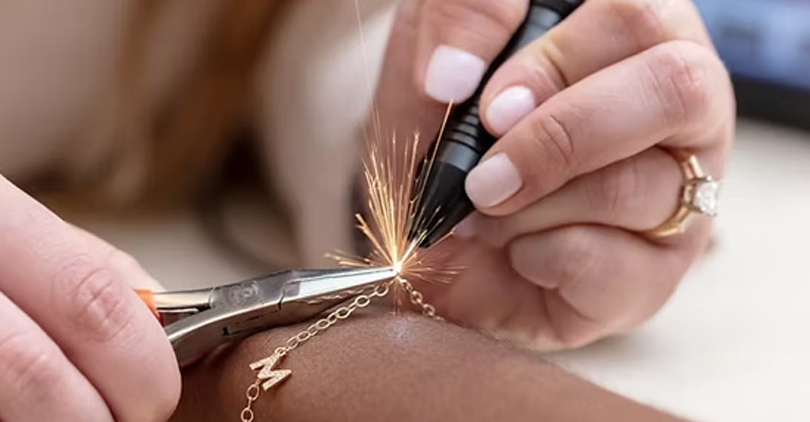
Here is where it all starts! The jeweler uses a small, painless welding torch to fuse the links in the chain.
It won’t take longer than a few seconds. All that will happen next is a quick flash of light... and nothing else (no pain included).
Step 4: Aftercare and Adjustments

What's next? Don't worry if you feel uncomfortable later on. Many jewelry artists will make adjustments free of charge.
Some retailers even offer lifetime guarantees for welding or repairs in case your jewelry breaks or becomes misshapen (let’s face it, though, stuff happens).
How Long Does Permanent Jewelry Last?

The longevity of this item relies entirely on the materials used and how it is handled.
Why Material Matters
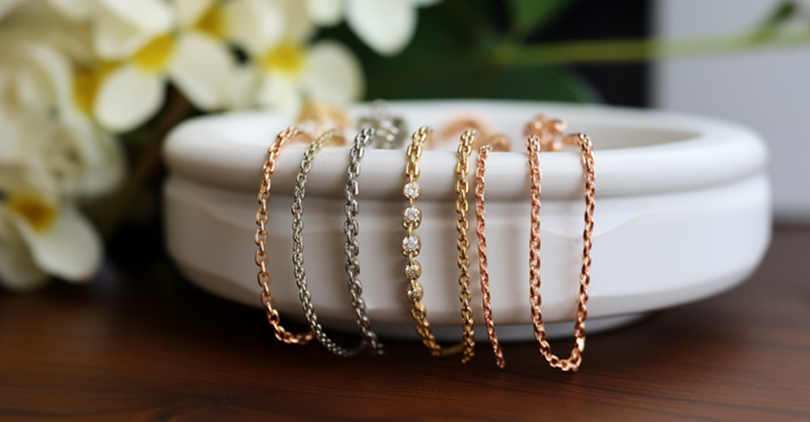
14k gold is the most common material—it’s tough and unlikely to cause allergic reactions. If properly cared for, jewelry made from 14k gold can last for years.
However, gold is a soft metal. It can stretch a bit over time, particularly if it gets caught on clothing or other objects. That’s why it’s very important for jewelry to fit well from the outset.
Breakages and Reshaping
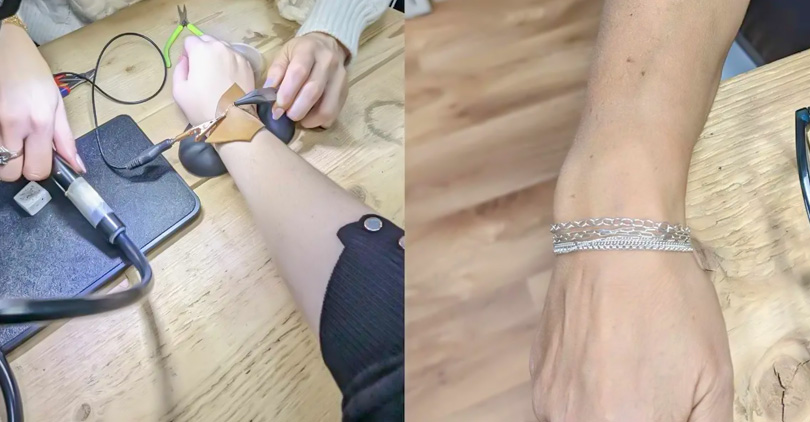
Should your item break (and it does happen), a jeweler may be able to re-weld it for you. Many offer this service either very cheaply or for free.
So no, it doesn’t last forever-ever. But if you don’t lose it, things probably won’t change too much stylistically from when you bought them.
How Much Does Permanent Jewelry Cost?

Let's discuss prices. Well, they can be quite different depending on the product. Nevertheless, on average, bracelets cost approximately $100. The rings and necklaces were $55 and $180, respectively.
It will be more expensive if you prefer decorated chains or want to add charms. The same goes for higher-karat gold (e.g., 18k).
Remember, you're not only paying for the gold itself. You’re also paying for the design, craftsmanship, personal touches, and overall shopping experience. Not to mention convenience: Once you put on that bracelet or necklace, you never have to take it off.
How does this compare with costume jewelry in terms of cost? Obviously, it’s more expensive. But those cheap necklaces and bracelets made from base metals become tarnished after a few wears. And their clasps may break.
Pros of Permanent Jewelry
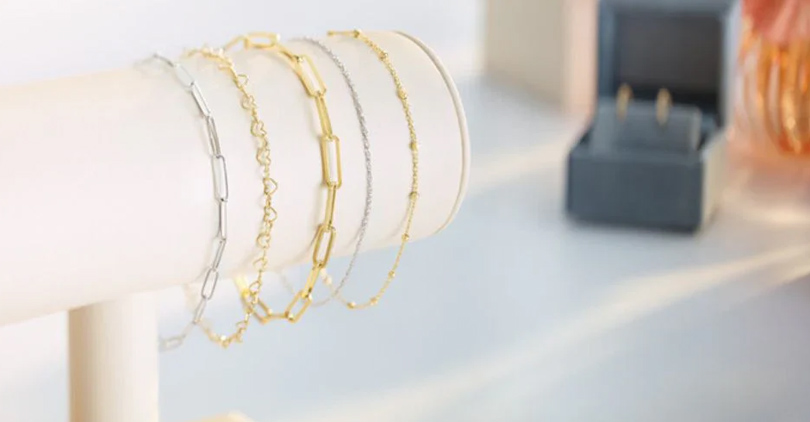
The first advantage is that this is unforgettable! Gone are the days when you forget to pick up your bracelets again or spend hours disentangling chained ones.
To put it simply, this jewelry cannot be misplaced. Whether you wear it on your wrist, around the neck, or at the ankles, it will appear in a new way every day.
This is where sentiment comes in. Many individuals love the idea of wearing everlasting jewelry that can remind them of important days celebrated alone or with friends.
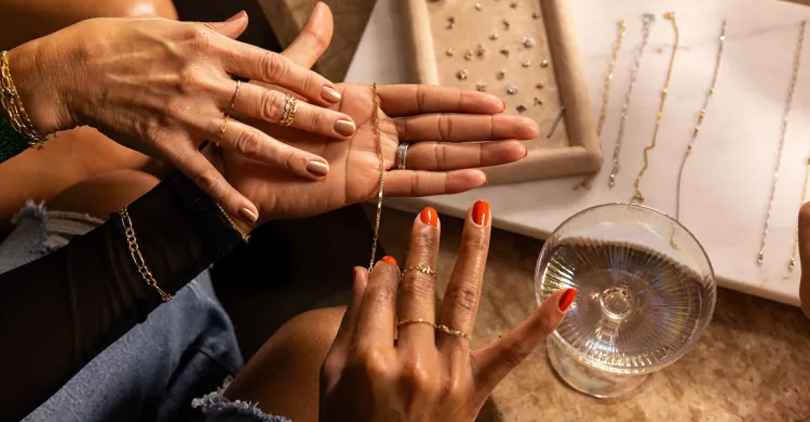
In addition, durability should not be forgotten. You can pick among the finest quality materials like 14-carat gold or solid silver. If you do this, your purchase will likely be good for a long time. There’ll be no rusting or discoloration – so no strange green marks here.
Perhaps the most awesome aspect is that it requires zero maintenance. That’s right. There is no need for polishing, unclasping, or worrying about how to store it. You can put these pieces on and never take them off—and they will look great day after day.
Cons of Permanent Jewelry
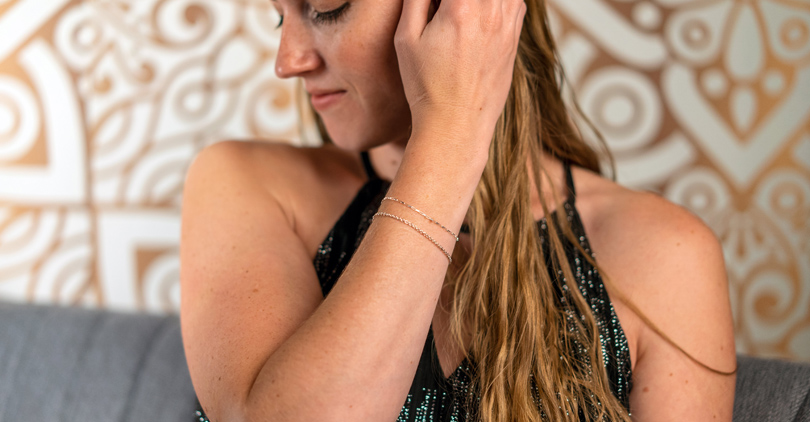
Permanent jewelry definitely has benefits, but it’s not suited to everyone. Before you take the plunge, there are some key considerations.
For starters, there’s no flexibility. You can’t just whip it off whenever you feel like it—a fact that isn't usually a big deal (the TSA won’t hassle you about it) unless you need an MRI or medical procedure; then it will have to be cut off, which isn’t exactly convenient.
There's also the risk of breakage. Despite being welded on, it’s still pretty delicate. A hard knock—a zipper or an inquisitive toddler can do the trick— and it might snap.
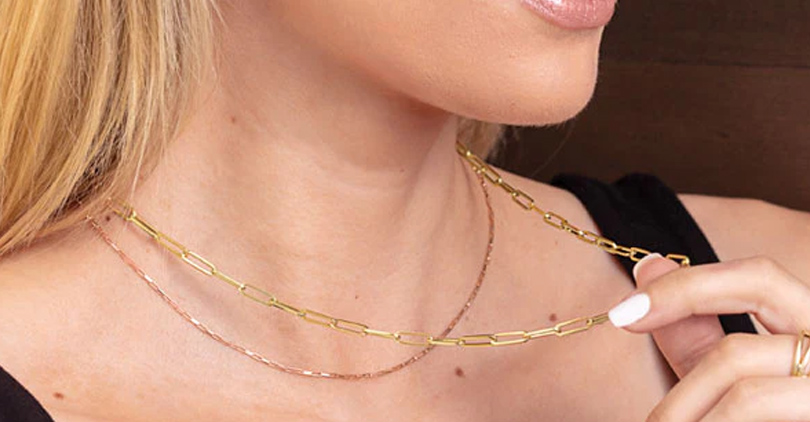
The good news is that many jewelers will fix this for free or for a small fee. But even so, having it repaired is still a hassle.
Price is also a consideration. Of course, the upfront price is higher than that of standard pieces. Why? You are paying for craftsmanship, the soldering procedure, and custom service.
You also need to consider skin sensibility. If you are allergic to some metals, you might not be able to wear jewelry. Make sure to ask for hypoallergenic metals like 14k gold or titanium, which are always available!
Is Permanent Jewelry Safe?
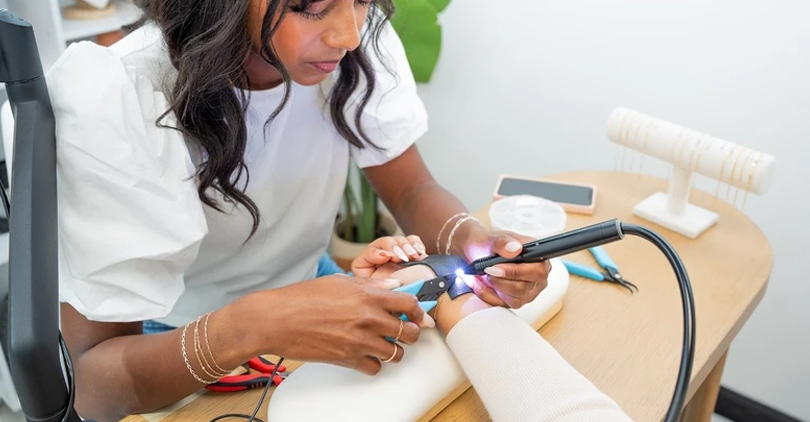
Certainly! As long as a skilled professional does it.
- Painless Process: When welding, the tool touches only metal—not flesh. A speedy flash won’t cause any owies – many folks claim they never even felt it begin because it was over so fast!
- Professional Standards: Reliable jewelers practice safety and hygiene when piercing ears. They don’t want clients to get burned or have other problems, so definitely make sure your piercer has experience.
- Sensitive Skin: If you have allergies, stick with 14-karat gold or other hypoallergenic metals. Avoid cheap stuff with nickel or other irritating alloys.
Is Permanent Jewelry Worth It?
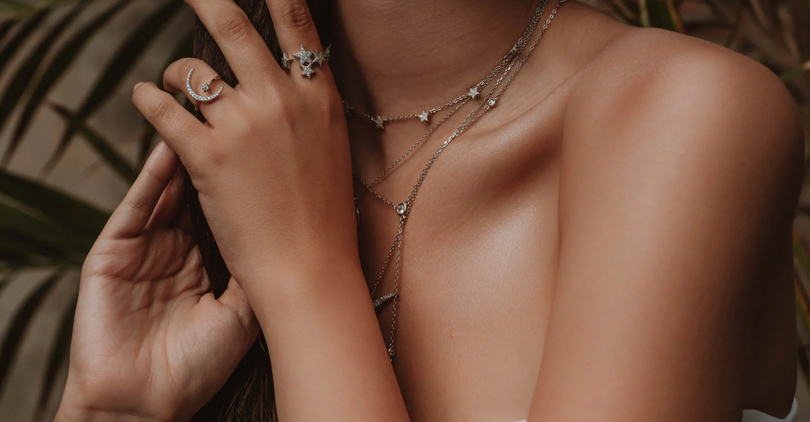
Permanent jewelry—also known as “jewelry for life”—may be just what you need. Just think of being able to leave your jewelry anywhere or miss a piece in your outfit.
Think about how you always appear to be dressed up, even when you do not put any effort into it. This may include situations at the gym, during Zoom conferences, and while having dates outside.
This kind of jewelry is meant to be worn all day long. It is customized and suits elegant and simple fashion well for followers of such styles.
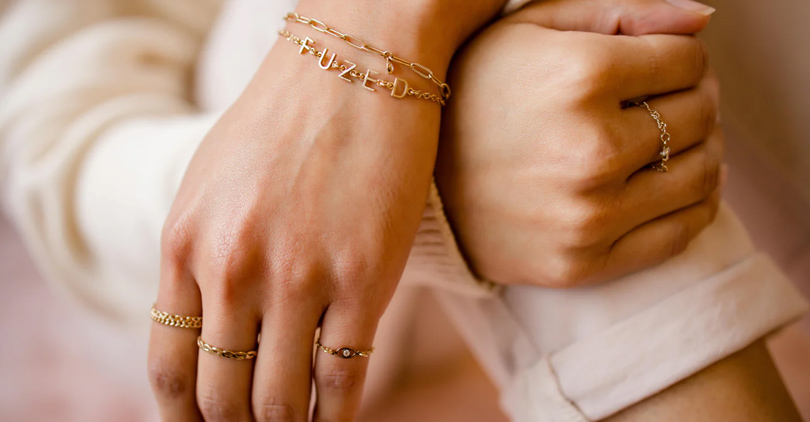
However, if you like changing your jewelry to go with different outfits or fads, this may not be right for you. Likewise, if you have to remove jewelry frequently for work or hobbies (such as medical professionals or athletes), it could feel more annoying than liberating.
What is a verdict? It is all about what you prefer and how you live. Do you want something useful and attractive? Then, yes, it is your choice. But if you like to change pieces daily, consider traditional options.
Conclusion
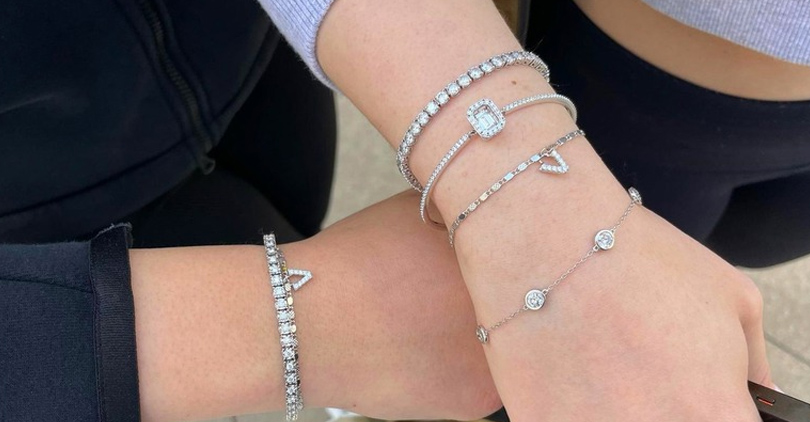
If you like the notion of wearing something lovely without having to think about it, as well as the idea that an item could mean a lot or represent a certain time or relationship, then permanent jewelry might be for you!
Just ensure you choose a nice metal and find a jeweler you can trust. Make sure they get how you want the piece to fit right from the start. Then, there’s only one thing left to do: let it sparkle!
Do you have a go? What are your thoughts? Would this kind of adornment suit – or not?


Leave a Comment